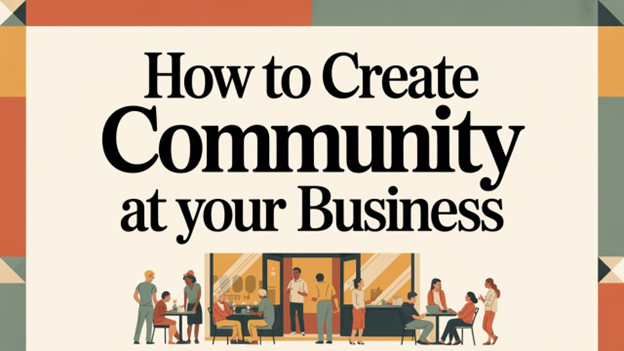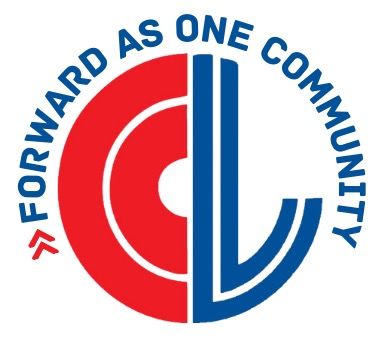The Power of Yes (and no)
The new year is an ideal time to get clear about your goals. Many people set incredibly inspiring resolutions and plot pathways to their best selves. If you’re one of those people—kudos to you. But if you don’t get straight on one thing, your intentions are going to fall flat.
Here’s the one thing you need to know about goal attainment.
Every yes is a no and every no is a yes.
Did you read that more than once?
Is it a little confusing? Like some riddle of the Sphinx or a quote in a fortune cookie?
Not really. Let’s break it down.
When you say yes to one thing, you’re saying no to another. When you say no to something, you have time to say yes to something else.
What Are You Saying Yes To?
If your holidays were like mine, you said yes to a lot of things that didn’t align with your personal or professional goals. Maybe you exhausted yourself doing for others. Maybe you overspent because you wanted everyone in your life to feel special. Maybe you stayed up late at night worrying about the end-of-year in your business.
Where did those things get you? Did everyone in your life have a joyful, wonderful holiday without complaint? Did that money you spent have a good return on investment? Did your worrying make things better or solve any of your business stressors?
Probably not.
If you are serious about meeting your goals—no matter what they are—you need to weigh your choices and institute boundaries. If you’re focused on growing your business in 2025, for instance, and you’ve plotted out the perfect road to get there, you’re going to have to protect that path like you are a medieval warlord.
There will be distractions, plenty of them. Some of those distractions will come masked as “self-care.” You may tell yourself that you’re only watching one episode of your favorite show to “unwind.” Three episodes later and you’ve wasted one-fifth of your waking hours!
Sometimes the distractions come in the form of other people—Sally who wants your help with the bake sale or Timmy who needs a ride to practice. And you will need to help some of those people because they rely on you. But you don’t need to help all of them. Know the difference.
This year, as you’re planning your goals, give thought to safeguarding your time too. Goals are ineffectual if you don’t have any time to complete them. Some of that lack of time will be beyond your control like having to put things on hold while you take care of someone who is ill.
But much of your time is likely spent doing things that are just “busy work.” They are activities that aren’t moving the needle, or they’re actions that are performed haphazardly. Haphazard, or unfocused work, is the worst kind because it takes up a lot of time and energy but doesn’t help you make progress on your goals. Imagine playing a carnival game where the aim was to hit a target with a bean bag while blindfolded. Your attempts would be splattered all around (some may even end up in the next stall). Because without your sight, you’re simply trying to get the bean bag in the general direction of where you think the target is.
Now imagine, removing your blindfold and being given something like a hose with a powerful stream of water and being told to hit the target with it. It would be much easier because you not only know where the target is, you also have a constant, consistent stream focusing on that target.
You need the same in your life as you pursue your goals. You want a constant, consistent pursuit. That only comes from protecting the sanctity of your work with every yes and no you utter.
------------------
Christina Metcalf is a writer and women’s speaker who believes in the power of story. She works with small businesses, chambers of commerce, and business professionals who want to make an impression and grow a loyal customer/member base. She is the author of The Glinda Principle, rediscovering the magic within.
_______________________________________
Medium: @christinametcalf
Facebook: @tellyourstorygetemtalking
Instagram: @christinametcalfauthor
LinkedIn: @christinagsmith




